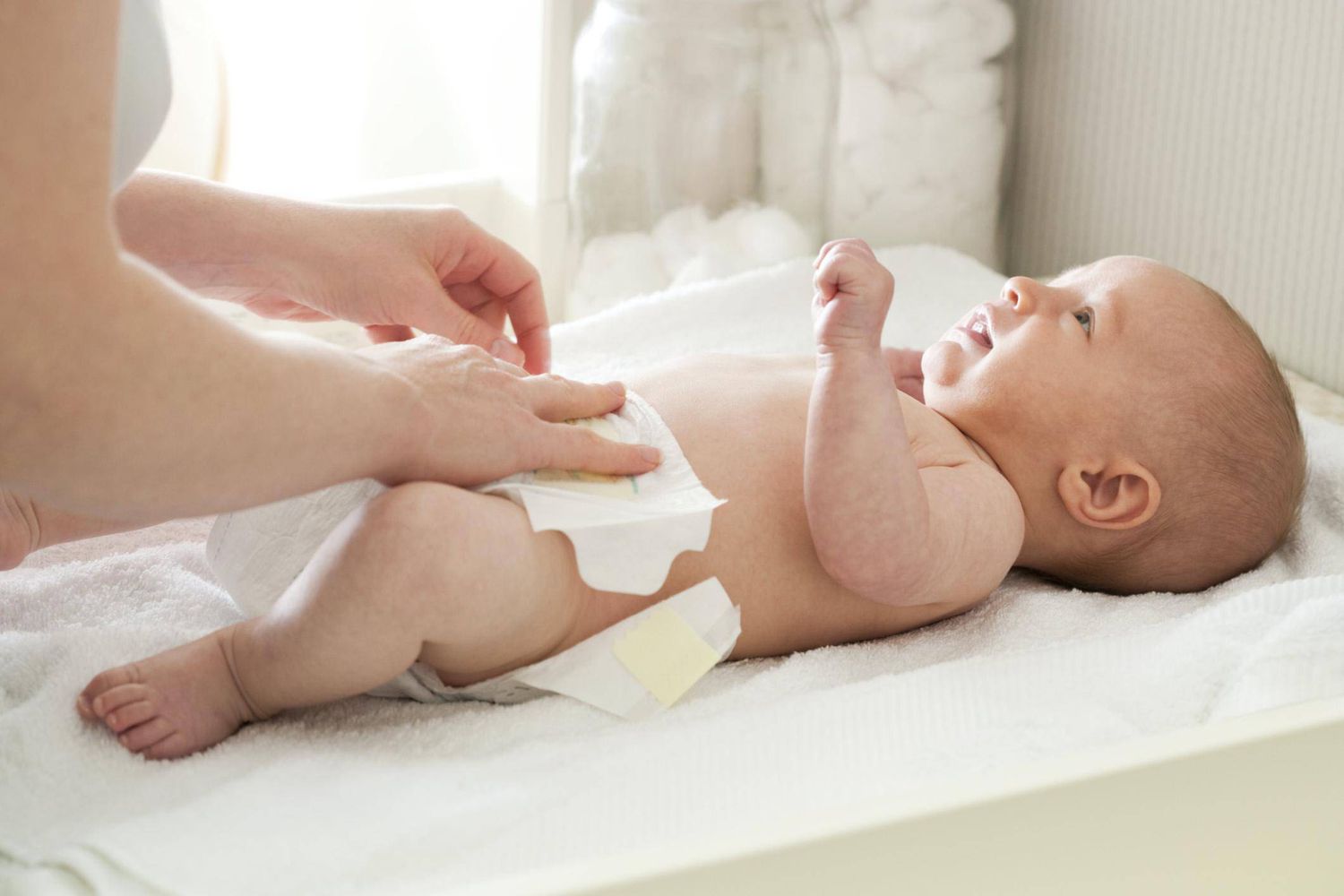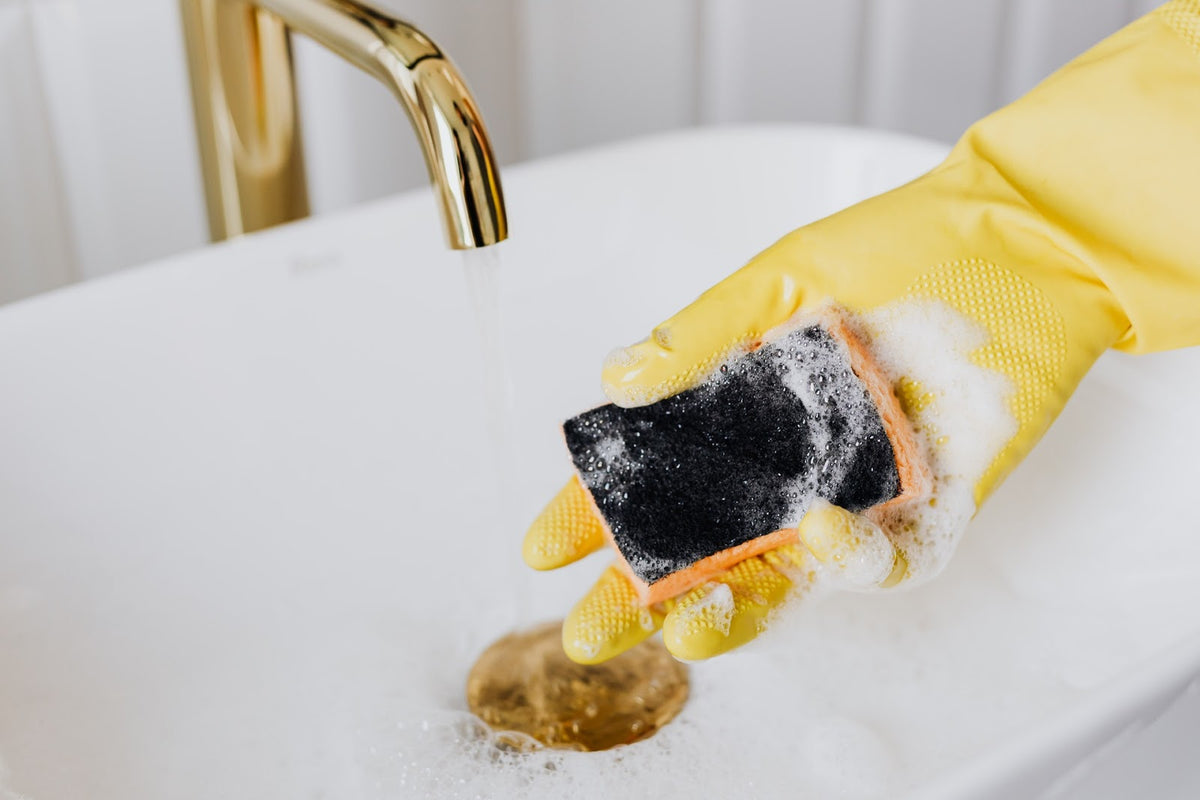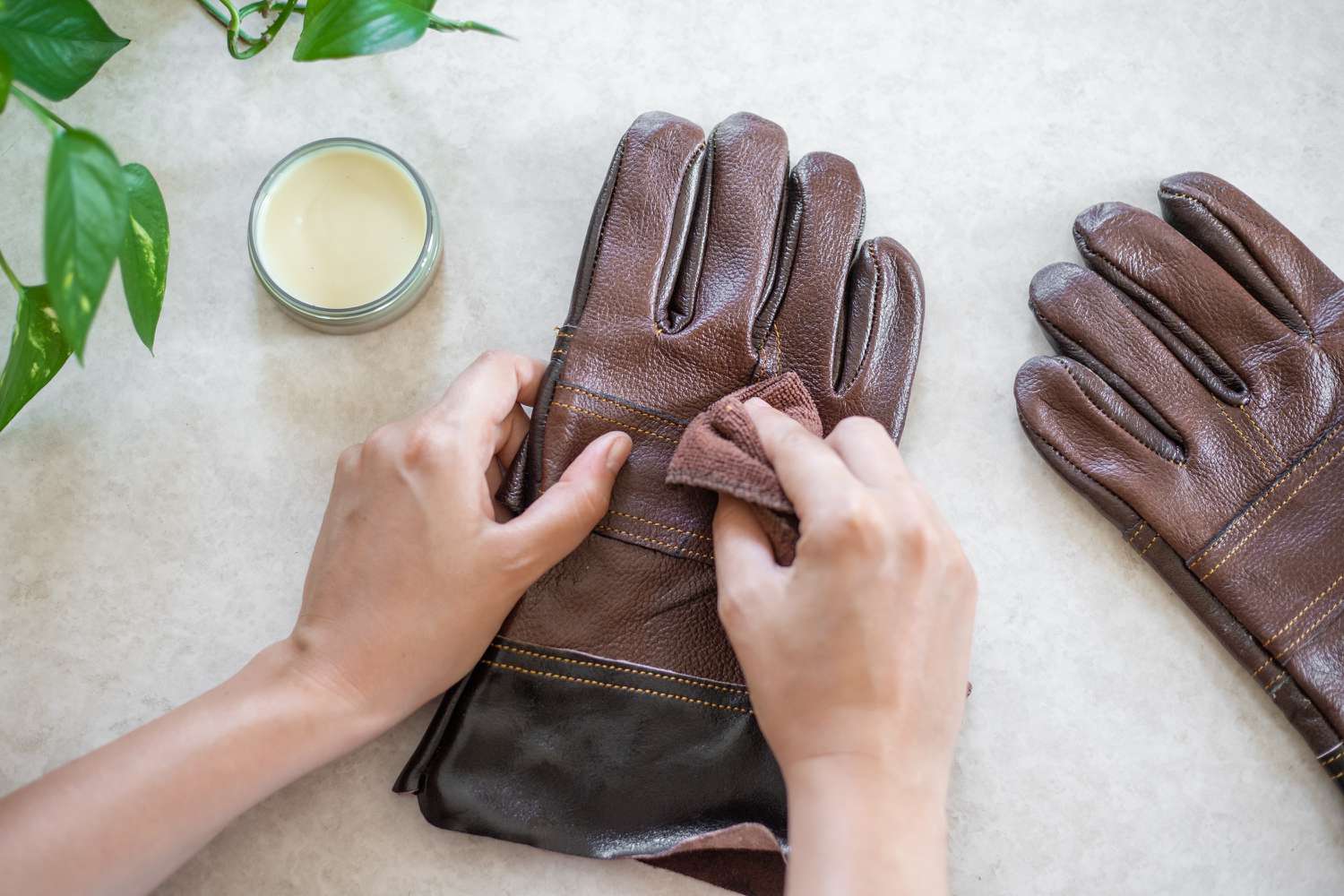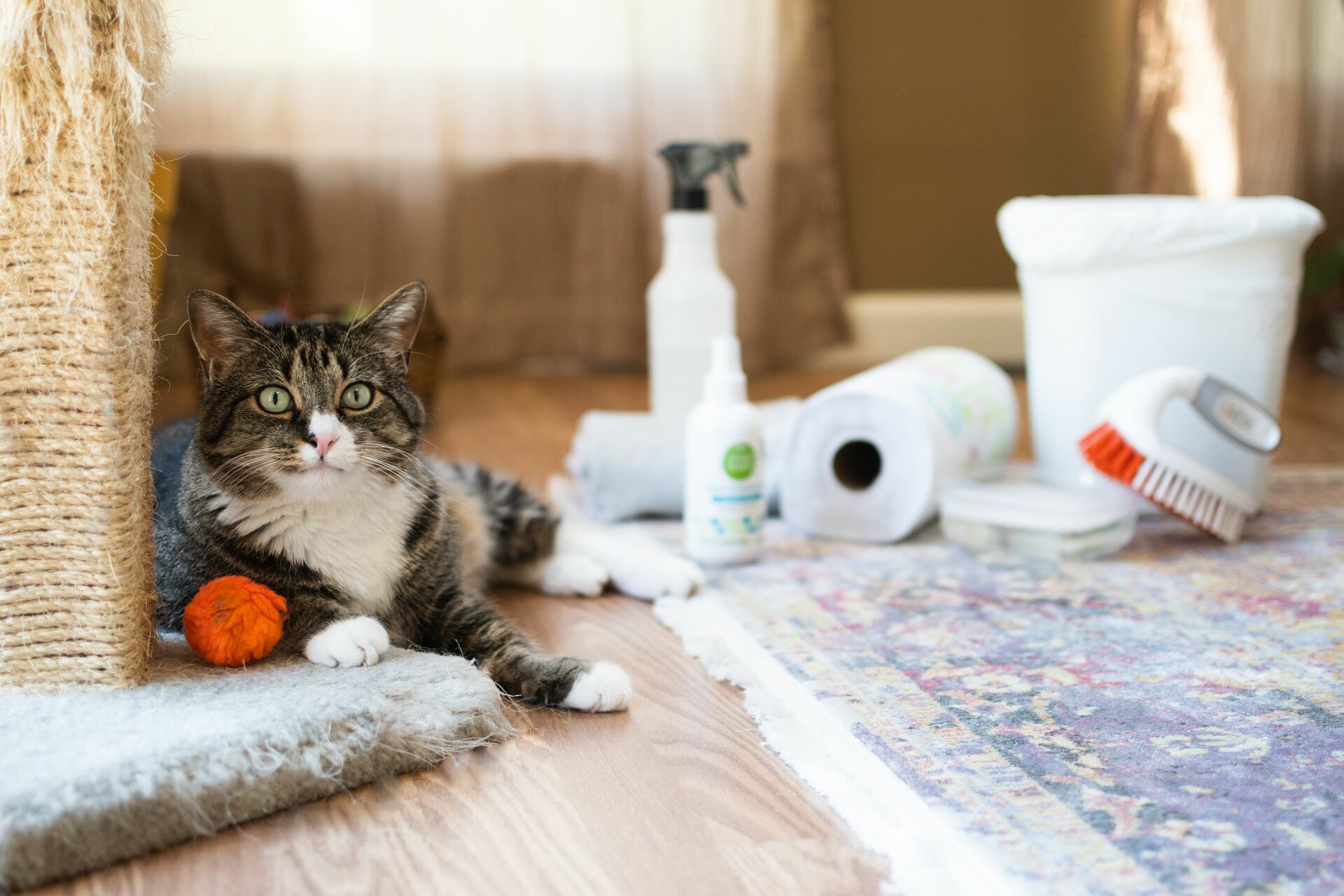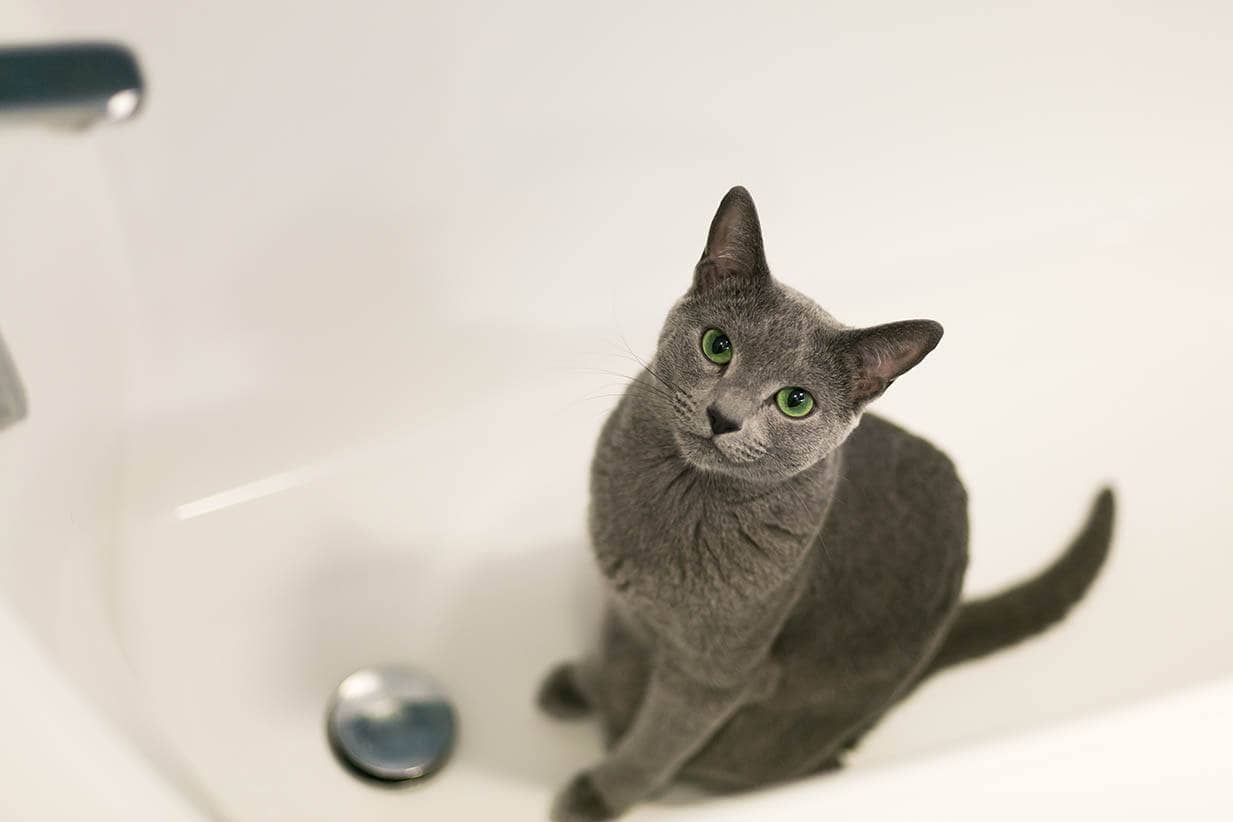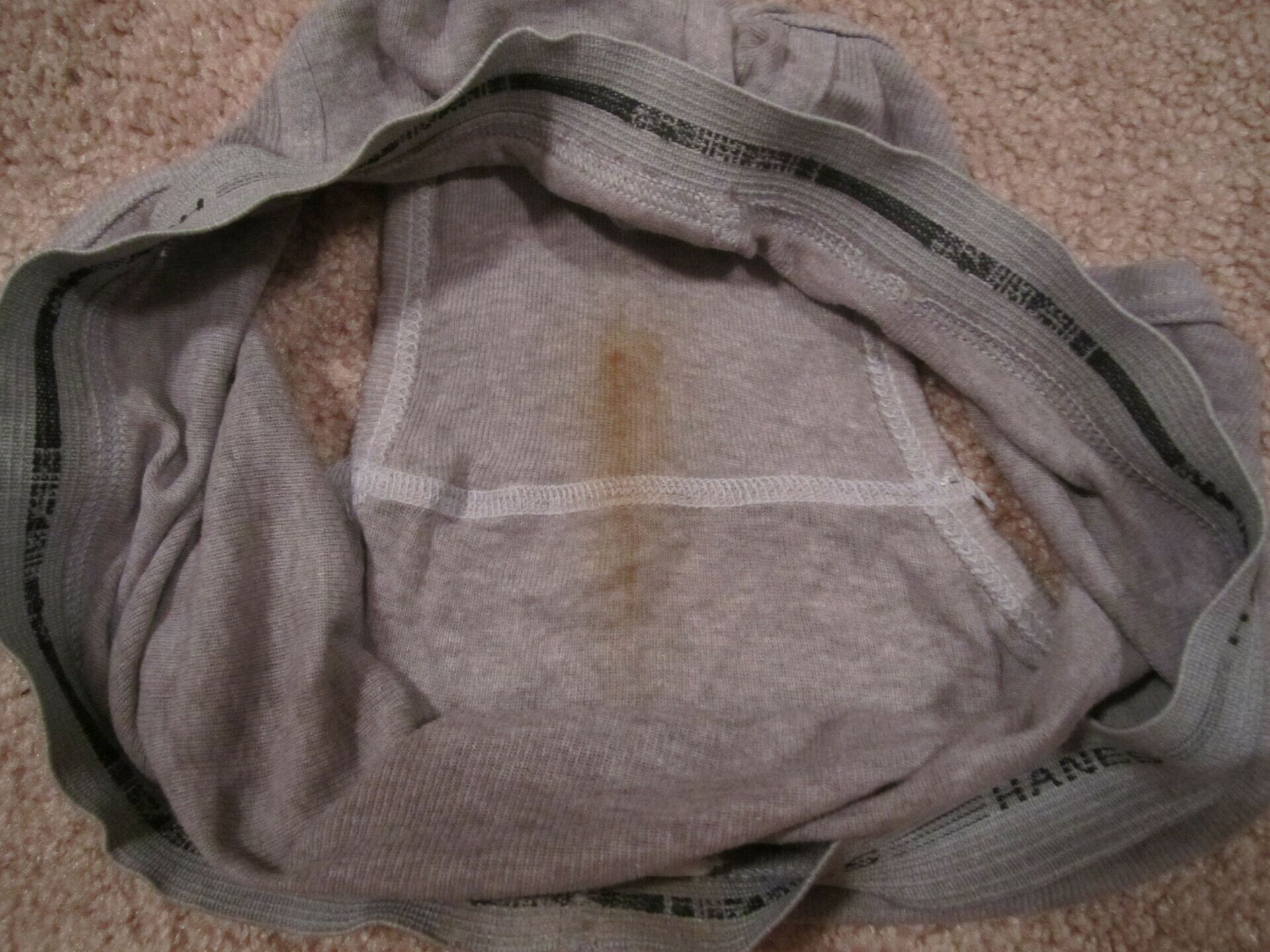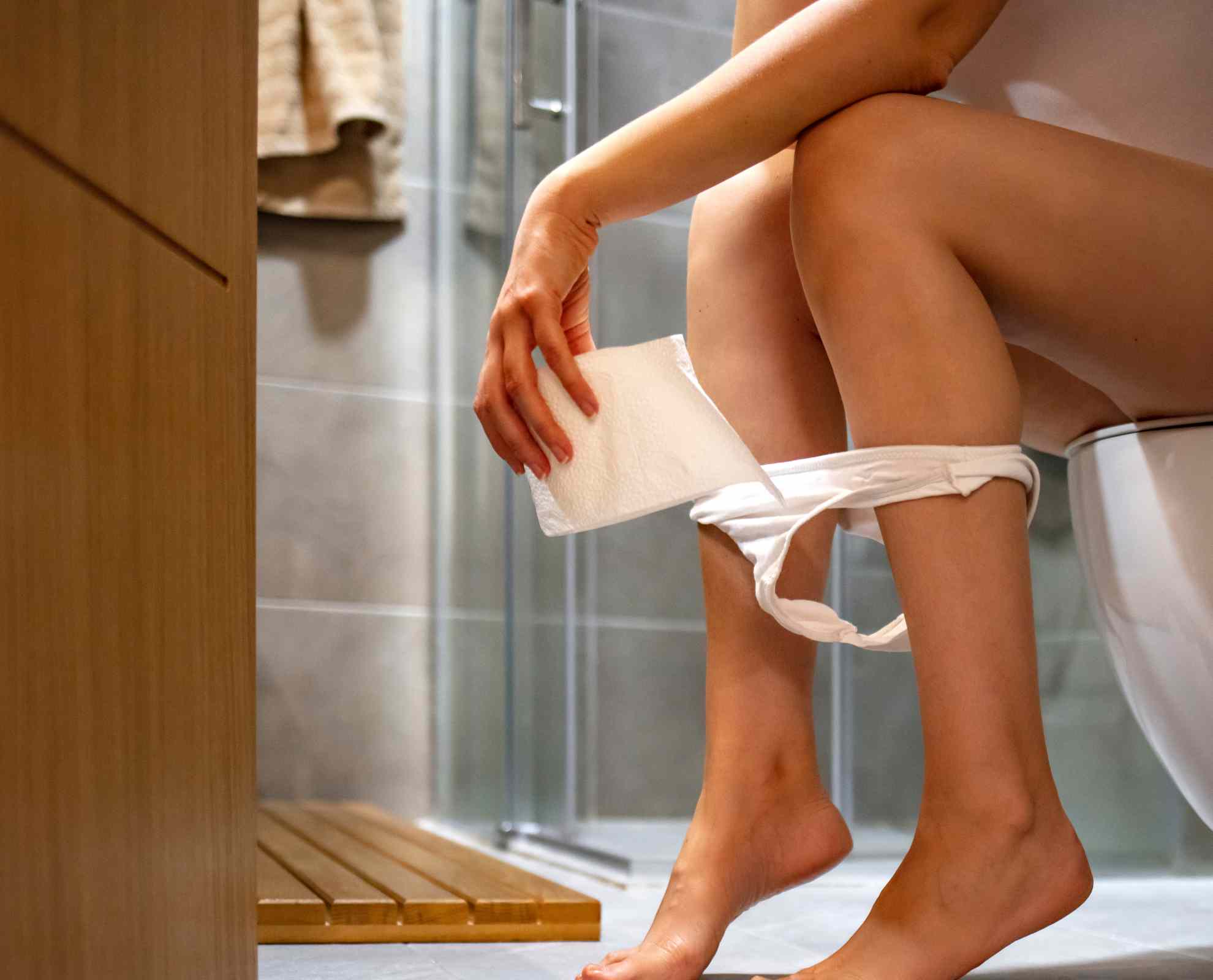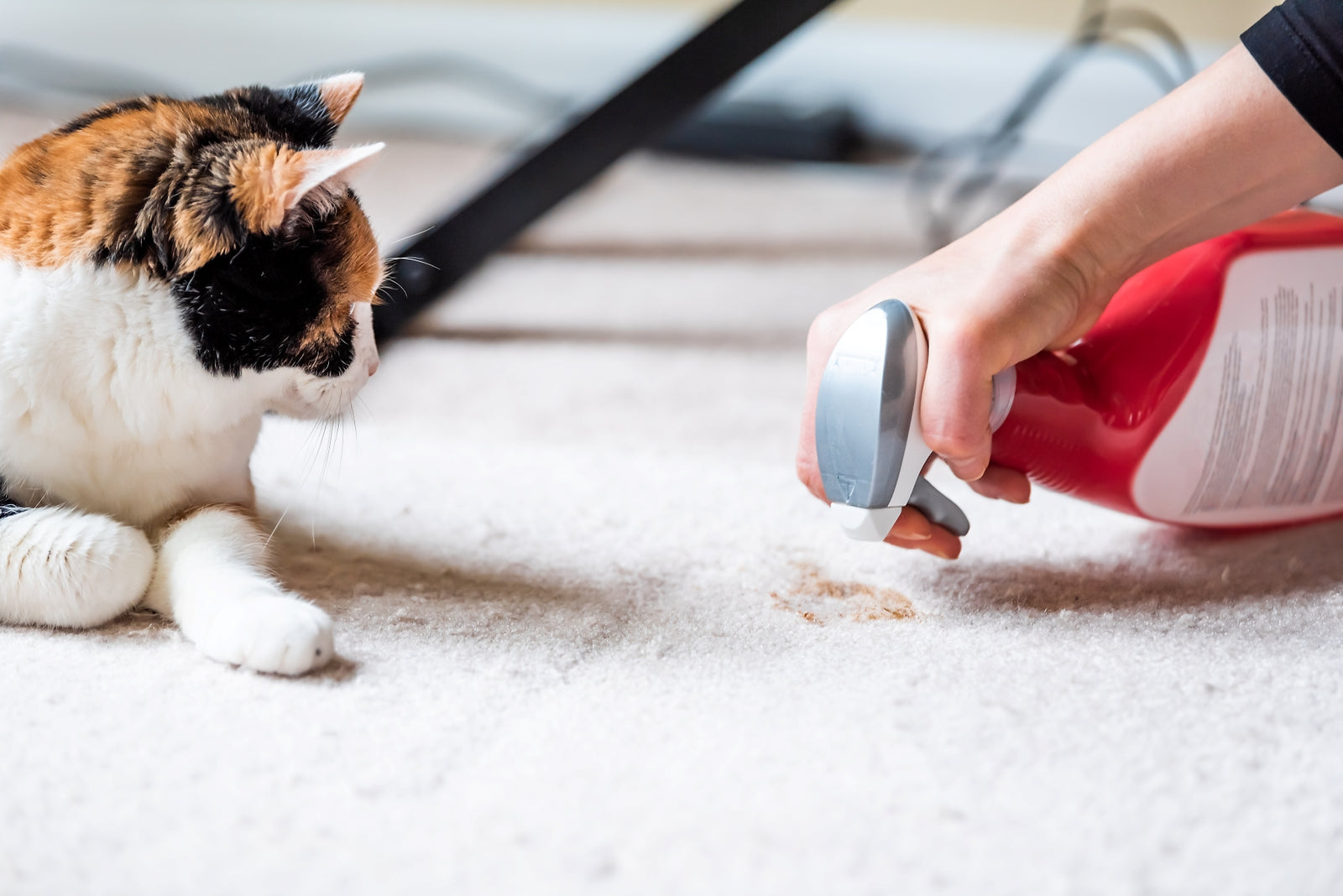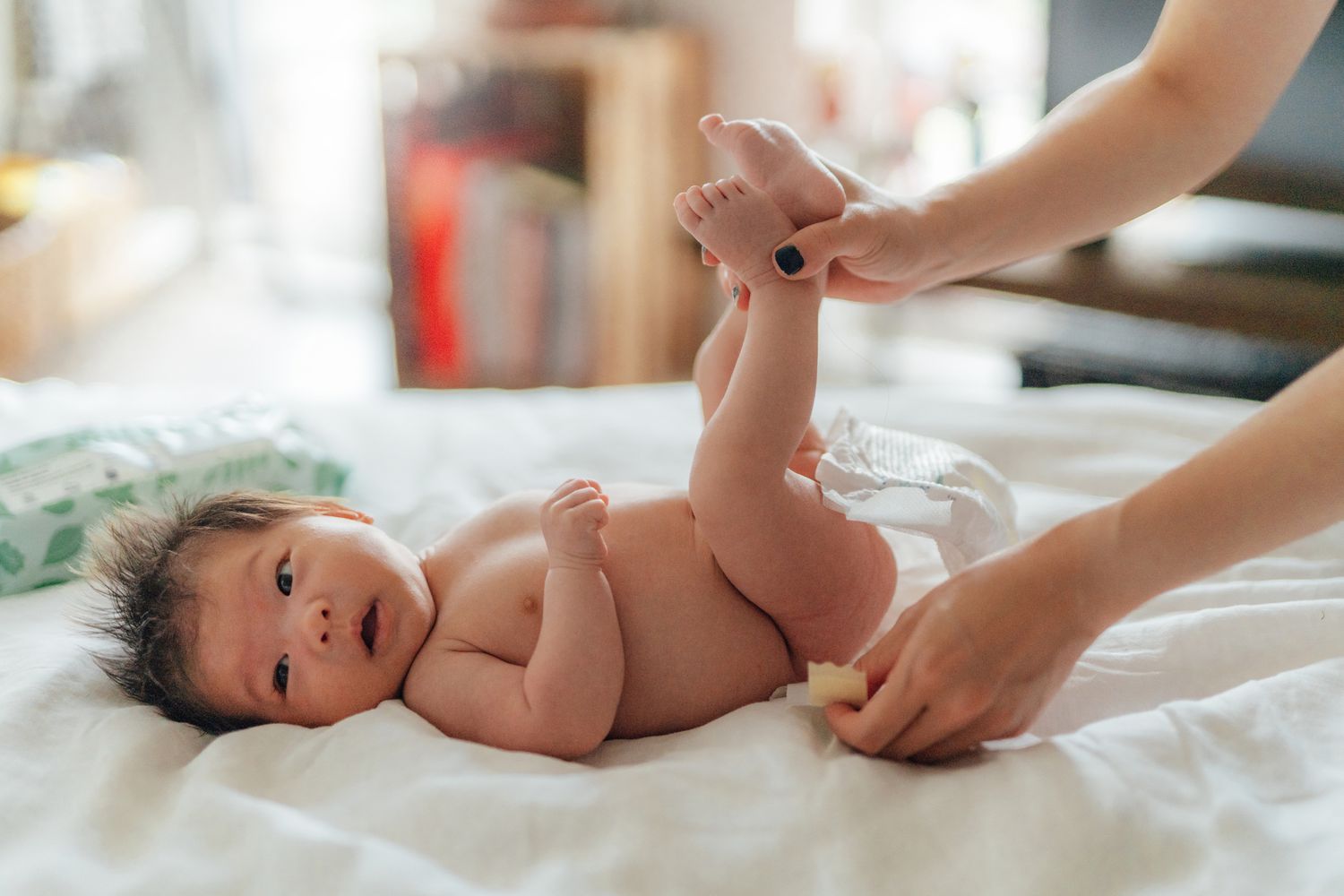Home>How-to Guides>For All>How To Remove Bird Poop Stain
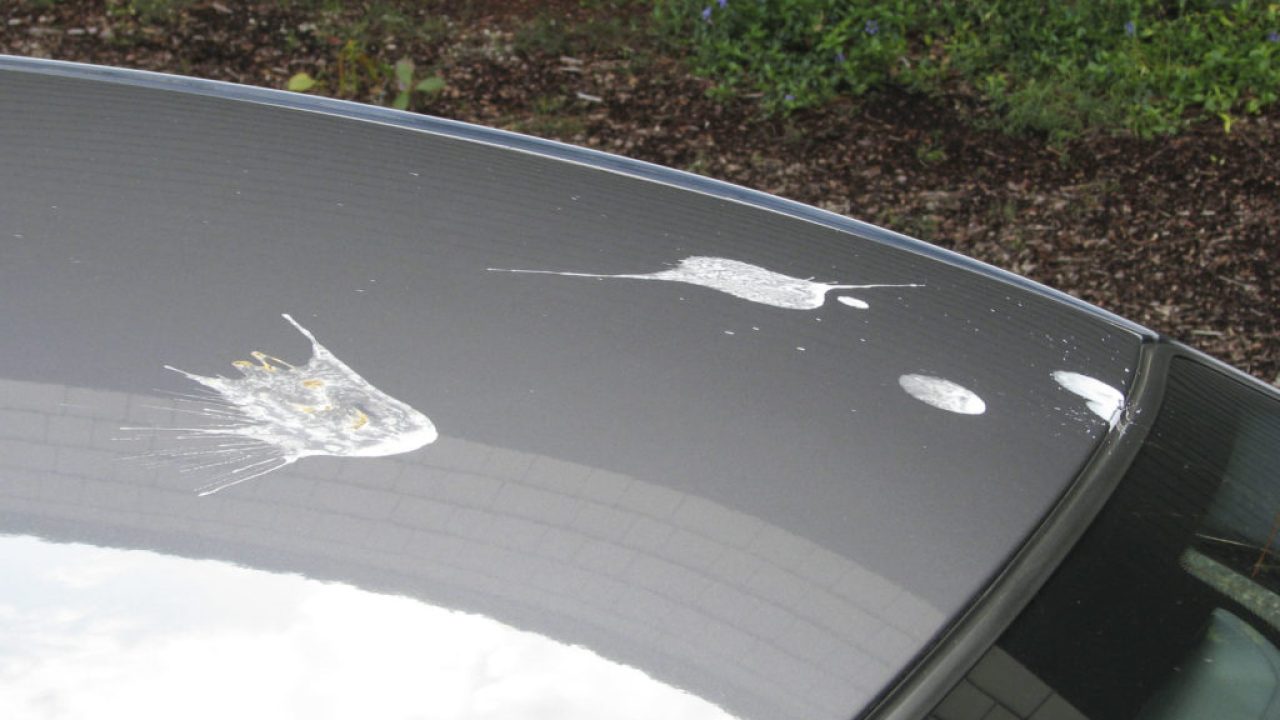

For All
How To Remove Bird Poop Stain
Modified: August 2, 2023
Learn effective tips and tricks for removing bird poop stains with our comprehensive guide. Suitable for all surfaces and easy to follow methods.
(Many of the links in this article redirect to a specific reviewed product. Your purchase of these products through affiliate links helps to generate commission for Under-tec.com, at no extra cost. Learn more)
Table of Contents
Introduction
Birds are delightful creatures that bring life and beauty to our surroundings. However, one of the downsides of having birds around is dealing with their droppings. Bird poop stains can be stubborn and unsightly, leaving a lasting mark on surfaces such as cars, windows, outdoor furniture, and even clothing.
Removing bird poop stains requires a delicate touch to ensure that the underlying surface remains undamaged. In this article, we will guide you through the process of safely and effectively removing bird poop stains, while also providing helpful tips to prevent future stains.
Before we dive into the step-by-step guide, it’s important to understand why bird poop stains can be problematic. Bird droppings contain uric acid, which can be highly corrosive and cause damage to paint, metal, glass, and fabric. If left untreated, these stains can become more difficult to remove and lead to permanent discoloration.
By following the methods and precautions outlined in this article, you can ensure that your surfaces remain clean and stain-free, without compromising their integrity or appearance. Let’s get started on removing those pesky bird poop stains!
Why Bird Poop Stains?
Bird poop stains can be frustrating to deal with, but understanding why they occur can help you effectively remove and prevent them in the future. Here are a few reasons why bird droppings can be particularly troublesome:
- Acidic nature: Bird droppings contain high levels of uric acid, which has corrosive properties. This acid can eat away at surfaces such as car paint, causing long-lasting damage if not promptly addressed.
- Color pigments: Birds consume various foods, resulting in different pigmentations in their droppings. The colors can range from white to green, brown, or even red, depending on the bird’s diet. These pigments can cause noticeable and stubborn stains, especially on light-colored surfaces.
- High moisture content: Bird droppings often have a high moisture content, making them stickier and more challenging to remove. If left untreated, the moisture can seep into porous surfaces, further complicating the stain removal process.
- Frequency and location: Birds have a habit of choosing inconvenient places to relieve themselves, such as cars, windows, rooftops, and outdoor furniture. These surfaces are often exposed to the elements, allowing bird droppings to dry and adhere more firmly over time.
It’s important to address bird poop stains promptly to prevent them from causing permanent damage or becoming more difficult to remove. By understanding the reasons behind these stains, you can take the necessary precautions to effectively remove them and protect the surfaces they are found on.
Precautions and Safety Measures
When dealing with bird poop stains, it’s important to prioritize your safety and take necessary precautions to prevent any harm. Here are some essential measures to keep in mind:
- Protective gear: Before starting the stain removal process, ensure that you have the appropriate protective gear. This includes wearing gloves, safety goggles, and a face mask to prevent direct contact with the droppings and any potential airborne particles.
- Ventilation: If you’re working indoors, make sure the area is well-ventilated to minimize the inhalation of any fumes or odors that may result from the cleaning products used.
- Test surfaces: Before applying any cleaning solution, test it on a small, inconspicuous area of the surface to ensure that it does not cause any discoloration or damage. This is especially important for delicate materials like fabrics or antique furniture.
- Avoid direct sunlight: When working outside, try to choose a shaded area to remove bird poop stains. Direct sunlight can cause cleaning solutions to dry too quickly, making them less effective in breaking down the stains.
- Proper disposal: When cleaning up bird droppings, carefully collect any debris and dispose of it in a sealed plastic bag. This will prevent further contamination and protect against the spread of any potential diseases or parasites found in the droppings.
- Stay hydrated: Cleaning bird poop stains can be physically demanding, especially if you’re working in hot weather. Remember to stay hydrated by drinking plenty of water to avoid exhaustion or dehydration.
By following these precautions and safety measures, you can protect yourself and ensure a safe environment while removing bird poop stains. Taking these steps can help prevent any accidents or health risks associated with cleaning up after birds.
Tools and Materials Needed
Before you begin the process of removing bird poop stains, it’s important to gather the necessary tools and materials. Having the right equipment at hand will make the task more efficient and effective. Here’s what you’ll need:
- Gloves: Choose a pair of durable gloves to protect your hands from direct contact with the bird droppings and cleaning solutions.
- Safety goggles: Wear safety goggles to shield your eyes from any potential splashes or airborne particles during the cleaning process.
- Face mask: A face mask will help filter any fumes or odors that may be released during the cleaning process, ensuring your respiratory health.
- Cleaning solution: Depending on the surface you’re cleaning, you may need different cleaning solutions. Common options include mild dish soap, vinegar solution, or specialized stain removers suitable for the specific material.
- Spray bottle: A spray bottle will allow you to apply the cleaning solution evenly and control the amount used.
- Soft brush or sponge: Use a soft-bristled brush or sponge to gently scrub the stain without causing any damage to the surface.
- Clean cloth or paper towels: Have a supply of clean cloths or paper towels ready to absorb and wipe away the loosened bird droppings and cleaning solution.
- Water source: Ensure you have access to a water source, either a hose or a bucket of water, to rinse off the surface once the stain has been removed.
- Protective plastic bag: Use a sealed plastic bag to dispose of any debris or contaminated materials safely.
Gathering these tools and materials beforehand will ensure that you have everything you need to effectively and safely remove bird poop stains. Having the right supplies readily available will make the process smoother and more convenient.
Step-by-Step Guide on Removing Bird Poop Stain
Removing bird poop stains requires a systematic approach to ensure that the process is effective and safe for the surface you’re working on. Here is a step-by-step guide to help you through the process:
- Put on protective gear: Before starting, wear gloves, safety goggles, and a face mask to protect yourself from any potential harm.
- Prepare the cleaning solution: Depending on the surface, dilute a suitable cleaning solution in a spray bottle or mix it according to the manufacturer’s instructions.
- Spray the stain: Generously spray the cleaning solution directly onto the bird poop stain, making sure to thoroughly wet the affected area.
- Let it soak: Allow the cleaning solution to penetrate the stain for a few minutes. This will help loosen the dried residue and make it easier to remove.
- Gently scrub: Using a soft brush or sponge, gently scrub the stained area in a circular motion. Be careful not to apply too much pressure to avoid causing any damage to the surface.
- Repeat if necessary: For stubborn stains, you may need to repeat the spraying and scrubbing process. Ensure that you allow enough time for the cleaning solution to work its magic.
- Rinse off: Once the stain is removed, rinse the area with clean water to remove any remaining cleaning solution and residue. Use a cloth or paper towels to pat dry.
- Inspect and repeat: After drying, inspect the area to ensure that the stain is completely gone. If any traces remain, repeat the process until the stain is fully removed.
- Dispose of waste: Collect any debris or contaminated materials and dispose of them in a sealed plastic bag to minimize any potential spread or contamination.
- Clean up: After you have finished removing the stain, clean your tools and equipment thoroughly to remove any residue and ensure they are ready for future use.
Following these step-by-step instructions will help you navigate the process of removing bird poop stains effectively. Remember to proceed with caution and be gentle with the surface you’re working on to avoid any unintended damage.
Additional Tips and Techniques
While the step-by-step guide provides a solid foundation for removing bird poop stains, here are some additional tips and techniques to enhance your stain removal process:
- Act quickly: The longer bird droppings remain on a surface, the more difficult they can be to remove. Address stains as soon as you notice them to prevent them from drying and becoming more stubborn.
- Use gentle pressure: When scrubbing the stain, apply gentle pressure to avoid scratching or damaging the surface. Let the cleaning solution do the work, and avoid using abrasive materials or harsh scrubbing techniques.
- Pre-soak with water: Before applying the cleaning solution, use a sponge or cloth soaked in water to gently moisten the stain. This will help loosen the dried droppings and make the cleaning process more effective.
- Opt for natural remedies: If you prefer to use natural alternatives, consider using a mixture of baking soda and water or a vinegar solution to tackle the stain. These can be effective and environmentally friendly options for stain removal.
- Test on inconspicuous areas: Before applying any cleaning solution or technique, test it on a small, inconspicuous area of the surface to ensure that it does not cause any discoloration or damage.
- Seek professional help if needed: For delicate or valuable surfaces, or in cases where the stain is particularly stubborn, it may be best to seek professional assistance. Professional cleaners have the expertise and specialized equipment to effectively remove stains while preserving the integrity of the surface.
- Regular maintenance: To prevent bird poop stains from occurring in the first place, regularly clean and maintain surfaces that are prone to bird activity. This includes using deterrents such as reflective or moving objects to discourage birds from perching or nesting in unwanted areas.
- Stay vigilant: Keep an eye out for bird activity in the areas where you want to prevent stains. By taking proactive measures, such as using bird spikes or nets, you can minimize the likelihood of bird droppings causing stains on your property.
By incorporating these additional tips and techniques into your stain removal process, you can improve your results and prevent future bird poop stains. Experiment with different methods to find the best approach for your specific situation.
Preventing Future Bird Poop Stains
While it’s important to know how to remove bird poop stains, it’s equally crucial to take preventive measures to minimize the occurrence of these stains in the future. Here are some strategies you can implement:
- Install bird deterrents: Use bird spikes, netting, or wire mesh to create barriers to prevent birds from perching or nesting on surfaces where they are causing stains.
- Remove food sources: Ensure that outdoor areas are free from food sources that may attract birds. Keep garbage cans securely covered and promptly clean up any spilled food in the vicinity.
- Use scare tactics: Deploy visual deterrents such as scarecrows, reflective objects, or owl decoys to deter birds from frequenting specific areas.
- Trim trees and branches: Trim trees and branches near your property to reduce the proximity of birds to vulnerable areas like rooftops, windows, and vehicles.
- Regular cleaning and maintenance: Regularly clean and maintain outdoor surfaces that are prone to bird activity. Promptly remove any droppings or nests to discourage birds from returning.
- Apply bird repellents: Consider using bird repellents or sprays that are safe for the surface you’re protecting. These products emit scents or tastes that birds find unpleasant, deterring them from landing or roosting.
- Protective covers: Use covers or protective sheets to shield vulnerable surfaces, such as car covers or window screens, when not in use.
- Educate and inform: Educate others in your household or community about the importance of preventing bird poop stains and encourage everyone to take part in implementing and maintaining preventive measures.
By implementing these preventive strategies, you can significantly reduce the risk of future bird poop stains. Taking proactive measures not only keeps your surroundings clean and stain-free but also helps create a more bird-friendly environment without compromising your property.
Conclusion
Dealing with bird poop stains can be a challenging task, but with the right knowledge and techniques, you can effectively remove these unsightly marks from surfaces. By understanding the reasons behind bird poop stains and taking necessary precautions, you can ensure a safe and successful stain removal process.
Remember to gather the appropriate tools and materials, including protective gear, before starting. Follow the step-by-step guide to methodically remove the stain, and utilize additional tips and techniques to enhance the effectiveness of your efforts.
Furthermore, taking preventive measures is crucial in minimizing future bird poop stains. Install deterrents, remove food sources, and regularly maintain your outdoor areas to discourage birds from frequenting and soiling vulnerable surfaces.
In conclusion, while bird poop stains can be frustrating, they can be effectively managed and prevented. By following the techniques outlined in this article, you can keep your surroundings clean and stain-free, allowing you to fully appreciate the presence of birds without the unsightly reminders of their visits.
